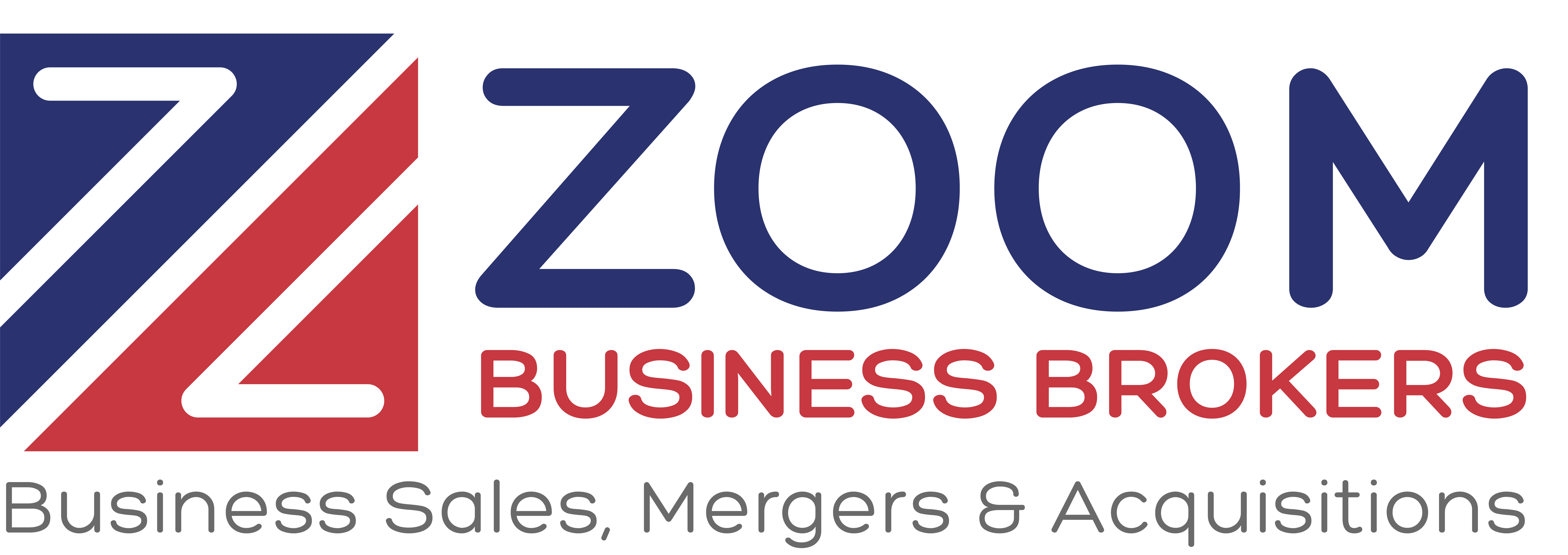
Deciphering Business Valuations: Navigating the Challenges

Valuing a business is an intricate process steeped in complexity. Often subject to the judgment of the assessor, it assumes that the provided information is accurate, posing unique challenges. This article explores the key challenges inherent in business valuations and offers insights into handling these hurdles effectively.
1. Navigating the Dilemma of Product Diversity
Firms offering a single product or service can often be more vulnerable than their multiproduct counterparts. The inherent risk is the potential change in market preference or disruptive elements affecting the product’s viability. Hence, companies are encouraged to explore product diversity to distribute risk and ensure a robust valuation.
2. Mitigating the Risks of Customer Concentration
Many small businesses rely heavily on a handful of major clients or customers. The loss of a key client can significantly impact the firm’s revenue and profitability, thereby affecting its valuation. Businesses can manage this risk by broadening their customer base, ensuring a stable flow of revenue, and improving their business valuation.
3. Unraveling the Value of Intangible Assets
Intangible assets like patents, trademarks, and copyrights often form a crucial part of a business’s value. However, the challenge lies in quantifying these assets accurately, given their intangible nature. Regardless, these assets can add significant value to a business, making it attractive to potential buyers, enhancing its overall valuation.
4. Contending with the Reliance on Critical Supply Sources
A company depending solely on a single supplier may secure a competitive edge due to cost-efficiency. However, this advantage could become a liability if the supplier’s situation changes, especially for international suppliers, where the risk of supply chain disruption is higher. To circumvent this risk, businesses should diversify their supply sources, ensuring operational continuity and a more robust business valuation.
5. Understanding the Implications of ESOP Ownership
Companies partially or fully owned by employees (ESOPs) can face unique valuation challenges. As ESOP-owned firms require an employee vote for significant decisions such as company sale, this can affect marketability and consequently, valuation. Therefore, it’s crucial for ESOP businesses to factor in this aspect and effectively communicate with their employee-owners when planning a sale.
6. Accounting for the Company/Industry Life Cycle
A business’s life cycle and industry trends significantly impact its valuation. Companies operating in declining industries may find their valuations adversely affected. Businesses should remain adaptive and innovative, ensuring they are not left behind in industry shifts and maintaining their value appeal.
7. Dealing with Additional Value Impactors
Several other factors can influence business valuation. These include outdated or unsalable inventory, reliance on short-term contracts, work-in-progress, and the need for third-party or franchise approvals for company sale. Recognizing and managing these factors can prevent unwelcome surprises during the valuation process.
In conclusion, business valuation is a multifaceted process, shaped by a multitude of factors beyond mere financials. By understanding these challenging elements and effectively managing them, businesses can secure an accurate valuation, paving the way for a successful sale. Understanding these issues isn’t just good practice—it’s an essential part of maximizing your business’s value and ensuring its ongoing success.
